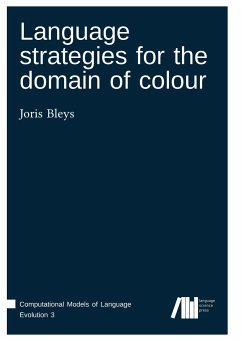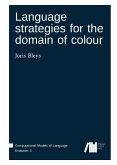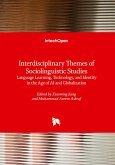Although languages around the world exhibit an overwhelming variety in ways to describe colours, most of the research in the domain of colour has focused on the use of single colour terms. This approach has allowed researchers in a wide range of fields to tackle interesting questions, such as the nature of colour categories. However, all studies on how humans describe colours indicate that only a small minority (around 15%) of all colour samples is described in this simple way. This book presents a major leap forward in the understanding of colour by showing how richer descriptions of colour samples can be operationalized in agent-based models. Four different language strategies are explored: the basic colour strategy, the graded membership strategy, the category combination strategy and the basic modification strategy. These strategies are firmly rooted in empirical observations in natural languages, with a focus on compositionality at both the syntactic and semantic level. Through a series of in-depth experiments, this book discerns the impact of the environment, language and embodiment on the formation of basic colour systems. Finally, the experiments demonstrate how language users can invent their own language strategies of increasing complexity by combining primitive cognitive operators, and how these strategies can be aligned between language users through linguistic interactions.
Bitte wählen Sie Ihr Anliegen aus.
Rechnungen
Retourenschein anfordern
Bestellstatus
Storno








